Introduction
The global logistics and supply chain require a significant transformation for the ever-increasing demand in terms of efficiency, sustainability, and reduction in operational cost. The electrification of cargo handling can be one of the key drivers in achieving sustainable port operations, aligned with net zero goals by 2050 laid out by IMO.
The ports comprising port terminals, warehouses, distribution centers, etc. have been using several types of cargo handling equipment, namely forklifts, yard trucks, gantry cranes, container handlers, reach stackers, mobile harbor cranes, straddle carriers and many more. These equipments uses traditional diesel-powered engines leading to high GHG emissions, noise pollution and fluctuating operational and maintenance costs. Electrification is the most pursued solution for achieving sustainable port efficiency, with the additional benefit offered by integration of advanced IOT, and AI tools for ease in port operations.
The key drivers for electrification of Cargo Handling Equipments (CHEs) can have encouraging environmental impacts such as potential to curb GHG emissions, reducing air/water pollution thereby improving air air/water quality, potential cost savings through lowering fuel cost, operational as well as maintenance costs, competitive advancements of ports in terms of technology through usage of battery storage systems, fuel cells, Integration of IOT, AI, etc., and ease in regulatory compliance. In addition to this, it promotes resilience against power outages and disruptions, and energy independence from grid through microgrids. However, there are key challenges/issues obstructing upgradation of ports through electrification such that there is a limitation in availability of technology due to its nascent stage of development (limited OEMs, low TRL), also currently the technology is too expensive as compared to traditional fossil fuel powered CHEs. Also, additional infrastructural requirements for these advanced technologies can be discouraging, and concession agreements with PPP operators should provide a clause for electrifying CHE’s. There are cases in which stakeholders may find stringent regulations for implementing CHEs discouraging them for business with ports .
Case Studies: Global Benchmarking
APM Terminals, a global container terminal operator headquartered in The Hague, Netherlands (and ranked the world's fifth largest), operates a network of terminals in strategic locations, including Barcelona and Los Angeles. The company is committed to aligning with IMO GHG emission reduction targets and pursuing a path to net-zero emissions for its terminals by 2040, with a focus on achieving a 70% reduction in Scope 1 and 2 emissions. Demonstrating this commitment, APM Terminals has invested approximately $60 million in electrification pilot projects at terminals in Aqaba, Barcelona, Mobile, Los Angeles (Pier 400), and Suez. As per recent announcement, the company is in the process of retrofitting over four hundred Rubber-Tired Gantry (RTG) cranes to hybrid-electric power, a measure expected to reduce emissions by 60-80% compared to conventional diesel-powered RTGs .
The transition to zero-emission cargo handling equipment is underway at many other leading global ports, including the Port of Los Angeles (POLA) and the Port of Long Beach (POLB). These ports are actively engaged in pilot programs and deployment initiatives. The Long Beach Container Terminal, for instance, has already electrified an estimated 60% of its cargo handling equipment, and at least seven other terminals have initiated or recently concluded battery-electric yard tractor and RTG crane pilot programs. Driven by 2030 net-zero goals aligning with IMO reduction in GHG emission goals, the focus is now on scaling these efforts, with a target of converting over three thousand pieces of equipment into zero-emission operations. Significantly, battery-electric and hydrogen fuel cell technologies for equipment like yard tractors and RTG cranes are demonstrating robust commercial viability.
Moreover, the Port of Oakland's conducted retrofitting of RTG cranes to battery-based power which demonstrates significant environmental benefits and estimated to achieves around 95% reduction in diesel emissions. It reduces approx. 1,200 metric tons of GHG emissions annually per crane.
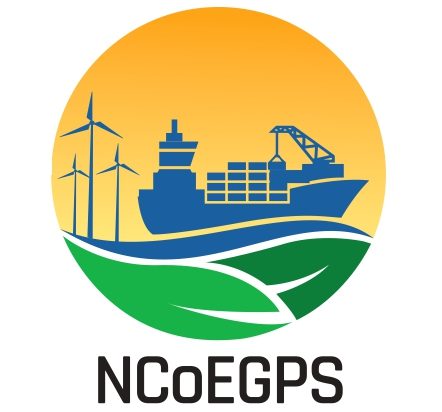



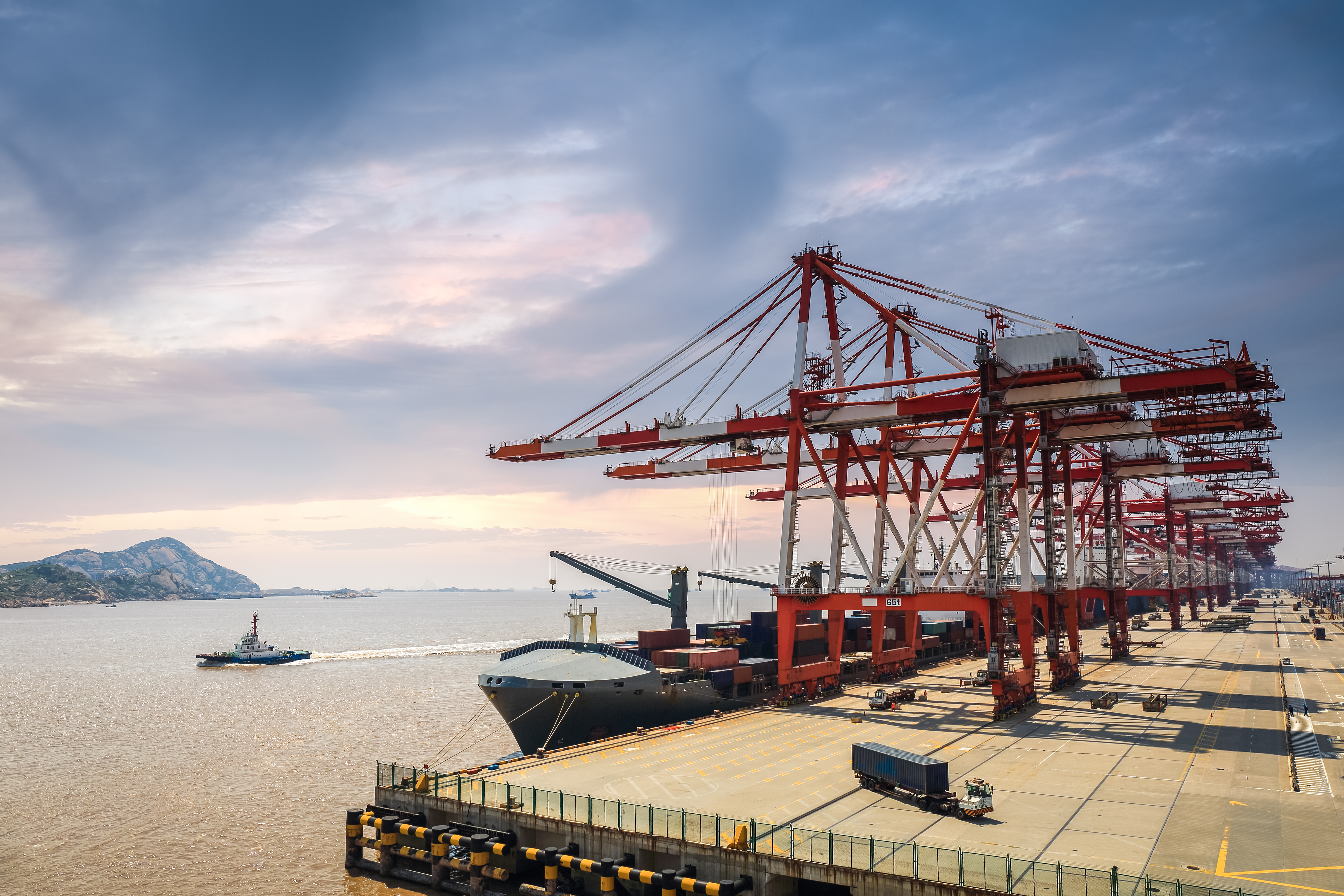
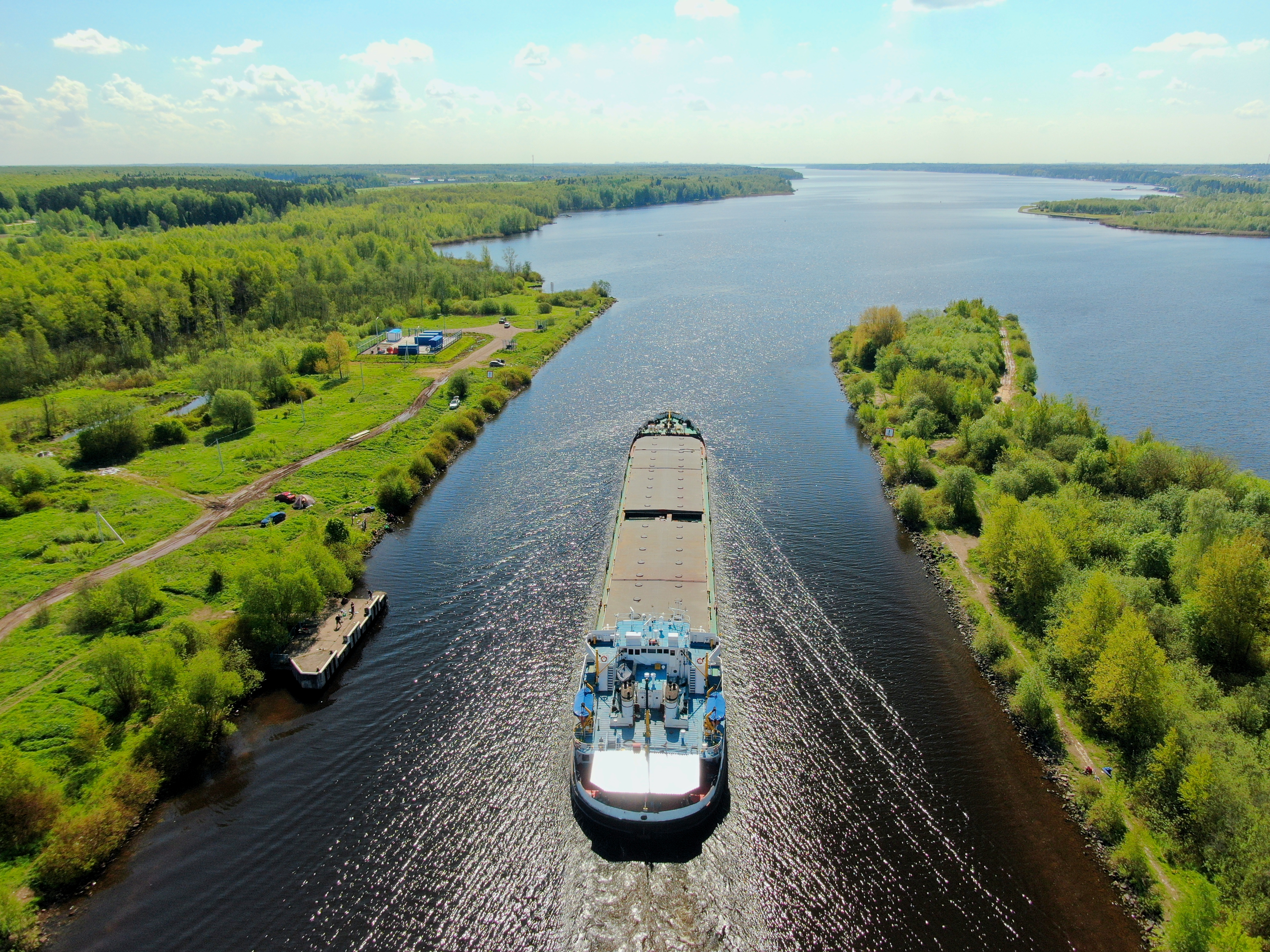
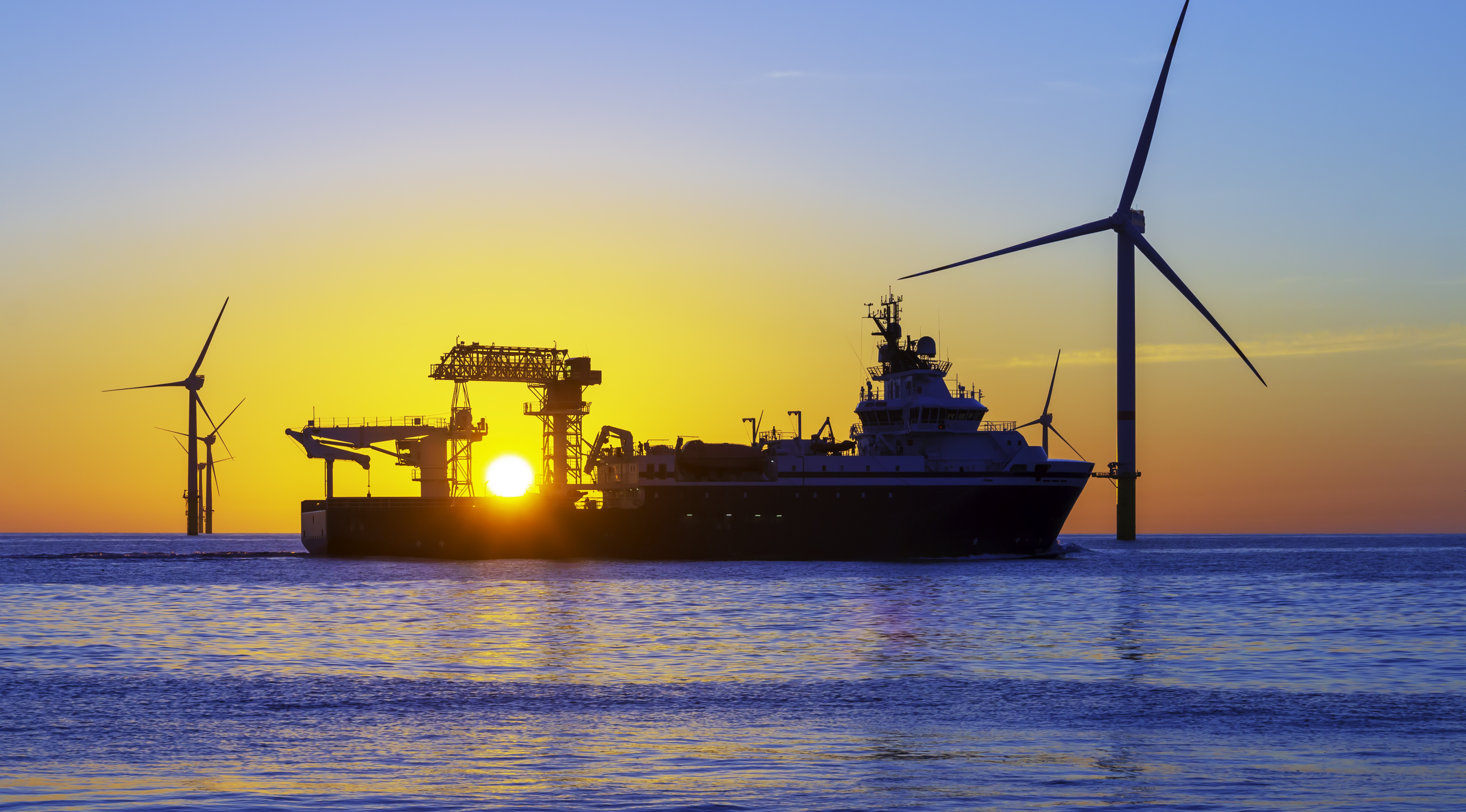
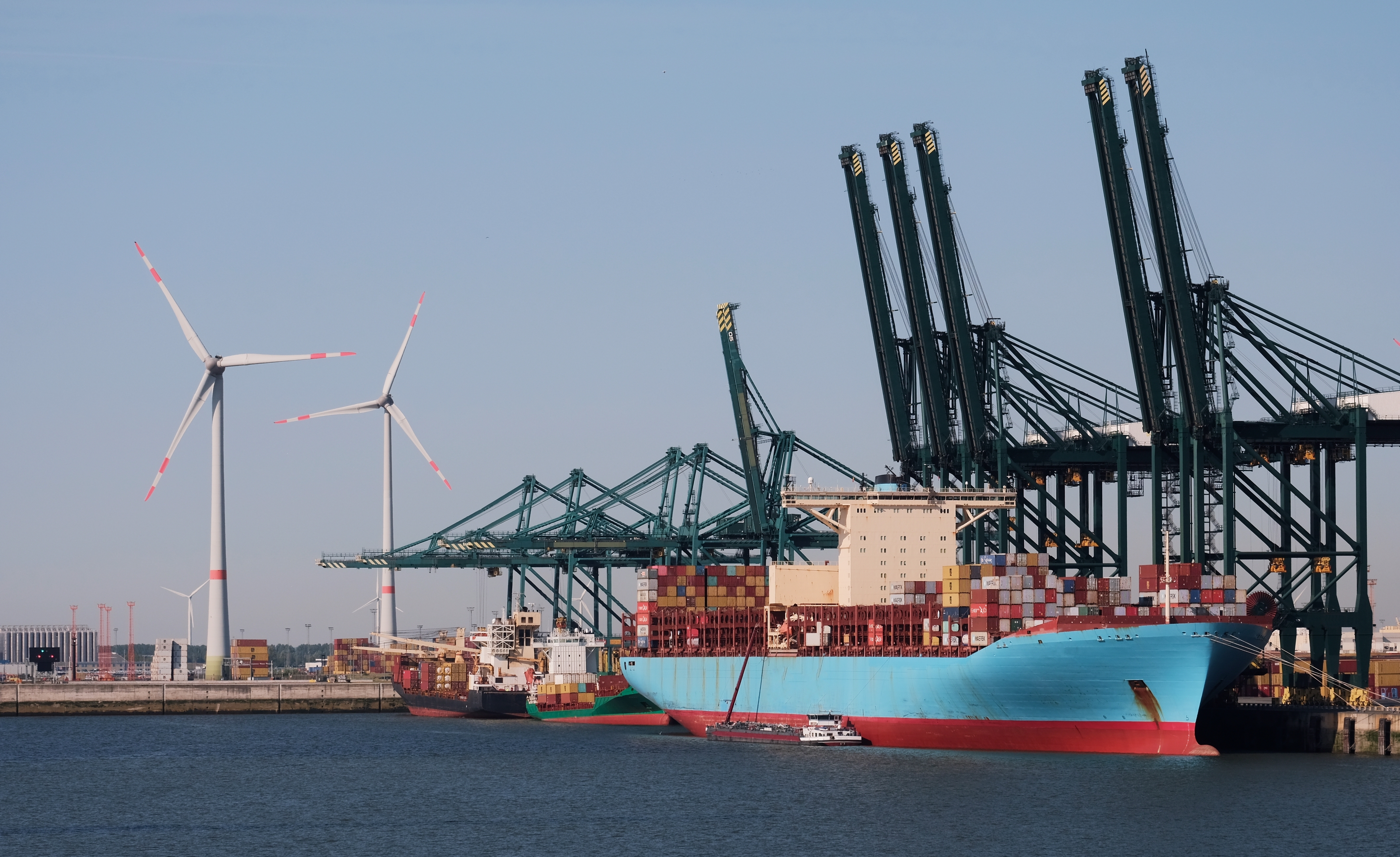


0 Comment